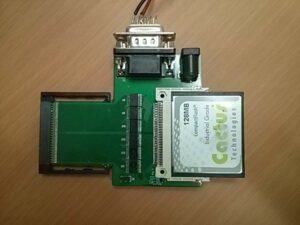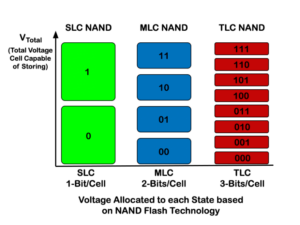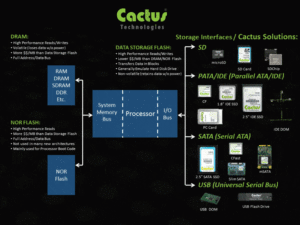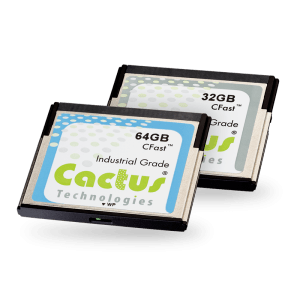Year: 2015

For many embedded industrial applications, the host system designer desires to limit the usage of connected flash storage to a specific part. Reasons for this range from ensuring only fully-qualified parts are used to limiting the source of the flash card to the host vendor.This is commonly used on Industrial CF cards, Industrial SD Cards and Industrial CFast products. There are...

The Industrial Internet of Things (IIoT) encompasses a large number of applications and can be thought of as the backbone for industry.Diverse applications are considered IIoT, such as control of city parking meters, intelligent power grid, factory automation and city infrastructure automation. Elements IIoT applications have in common are the need for highly reliable electronics,...

We're often asked how do solid state drives work? This article describes Write Amplification which is a fundamental issue SSD controllers must address as part of their design.The more efficient the controller handles write amplification, the longer the life of the SSD. SSD in this case refers to all the Cactus Flash Storage products such as...

There is often a need to securely remove data on an embedded flash storage device such as an Industrial CompactFlash or other PATA or SATA Device in an OEM design. For these requirements, the ATA Security Erase available on some devices is an ideal solution. What is ATA Security Erase? ATA Security Erase is a standard ATA...

For almost every Embedded OEM design, the advantages of Industrial Grade flash storage based on SLC NAND flash would be the ideal solution if it were within the budget. After analyzing the design, many Embedded OEM engineers find they can get the Industrial Grade advantages at an acceptable cost. The first step to this process...

CompactFlash (CF) cards are used in diverse Embedded OEM designs for applications in fields such as Oil & Gas Exploration, Mining, Commercial & Military Avionics and Process Controls systems. On a regular basis we are contacted by OEMs who are having issues with a current CF supplier or design. The typical reason for the issues...

Flash memory cards come in a variety of form factors and use several different NAND memory types to store data. Each NAND type has its advantages and disadvantages. This post will cover the advantages of SLC NAND in mission critical and Embedded OEM applications where data integrity is paramount. First, let’s look at the three...

There are many flash memory choices available to OEM Embedded System designers. Depending on the system requirements, different architectures and flash memory technologies can be used to accomplish design goals.There are several types of memory used in embedded designs as shown in the image above. Based on their advantages and disadvantages, they are used for...

In 1995 CompactFlash cards were the first flash card modules to hit the mainstream market for data storage. Since that time, higher performance requirements by some systems created a need for a faster device. With that in mind, the CompactFlash Association defined the CFast industry standard. To attain the higher performance, CFast cards have a...

This article describes Over-Provisioning supported by many Solid State Drives, whether advertised on not. It is basically data space not available to the operating system which is used by the SSD to perform internal tasks such as bad block mapping, wear leveling and garbage collection. The amount of Over-Provisioned area is generally set at the...






